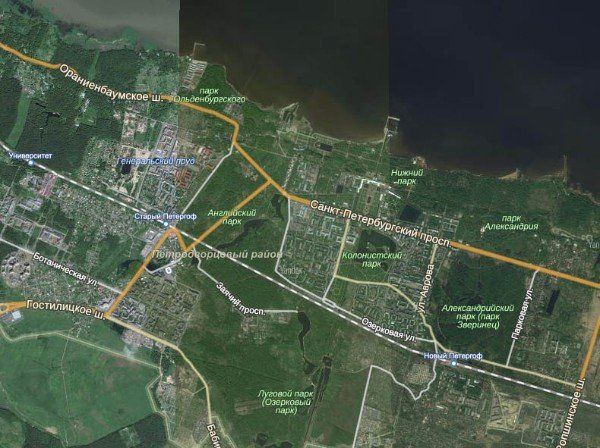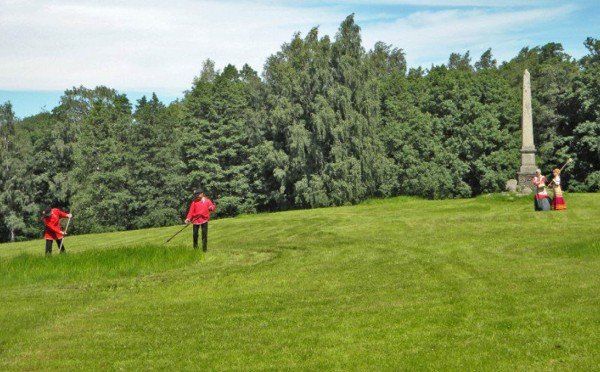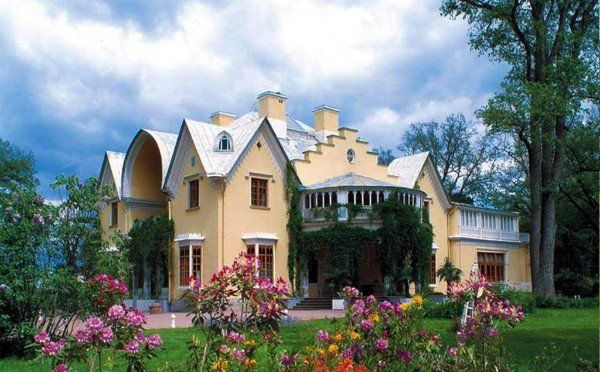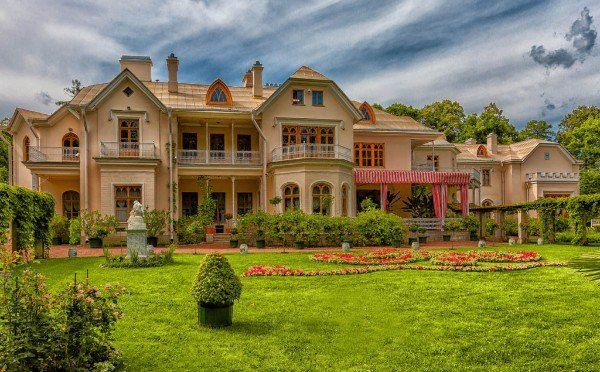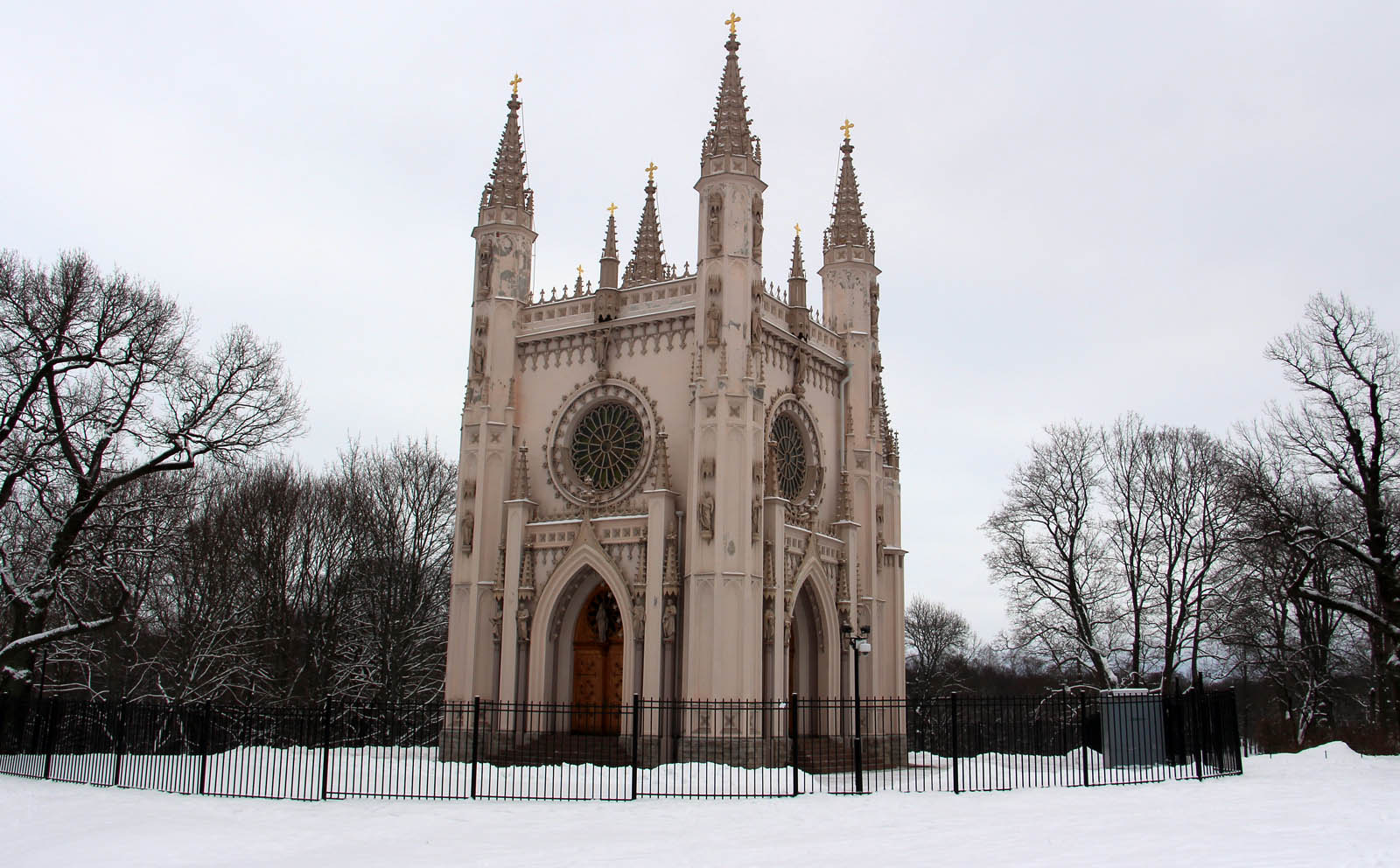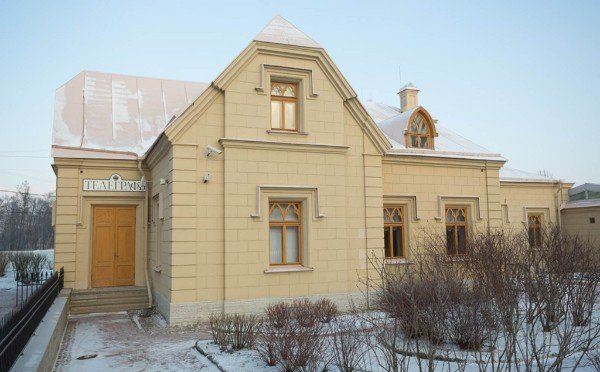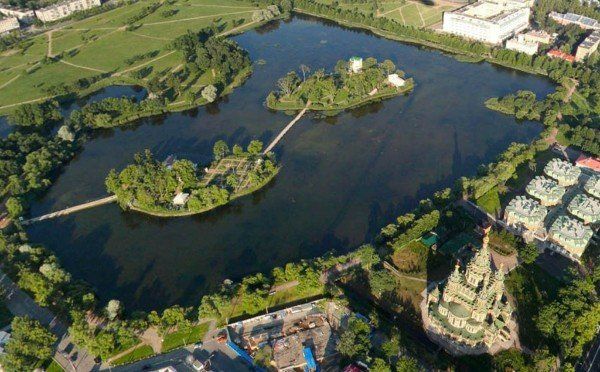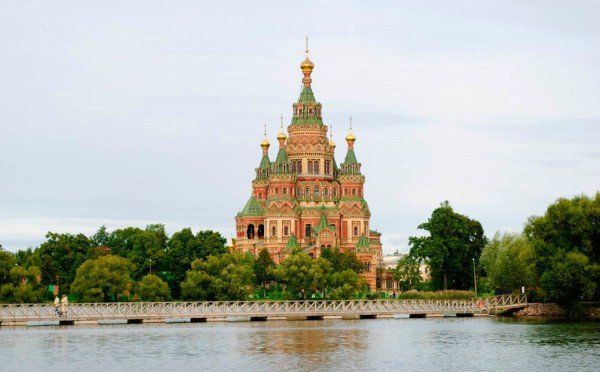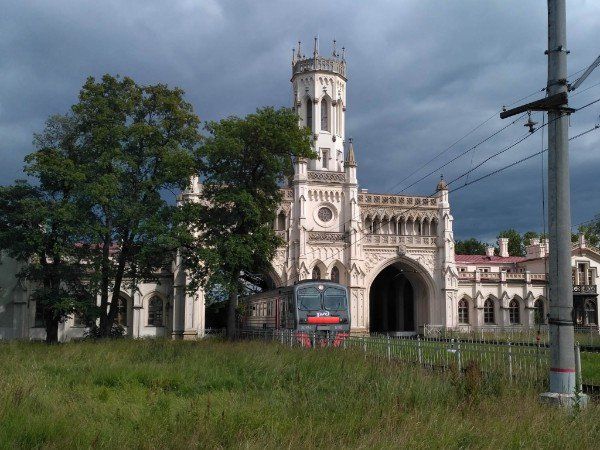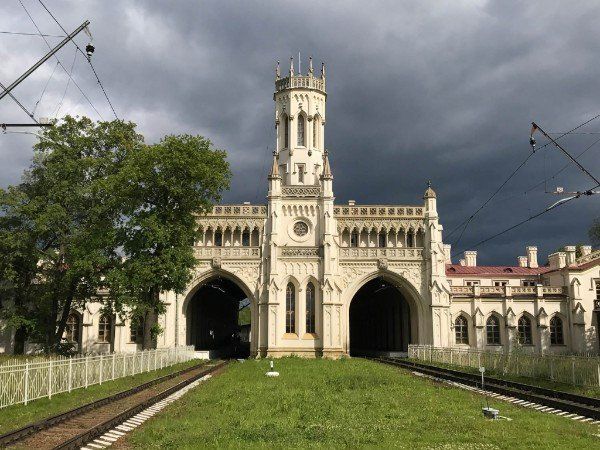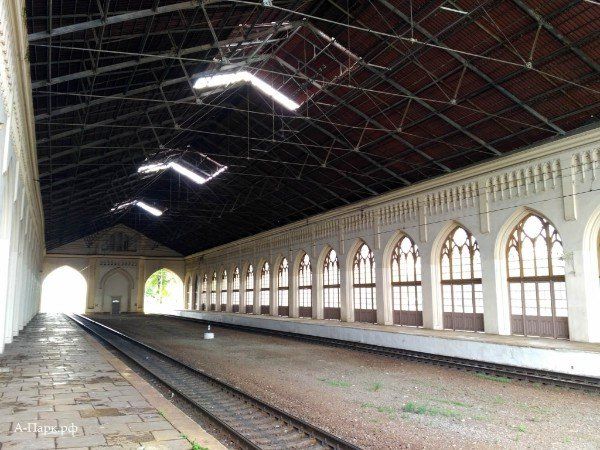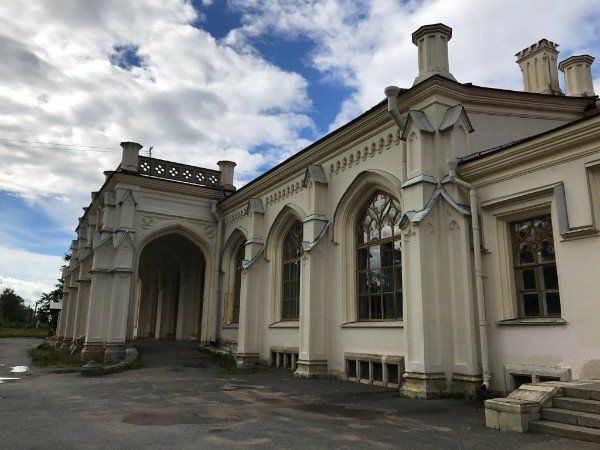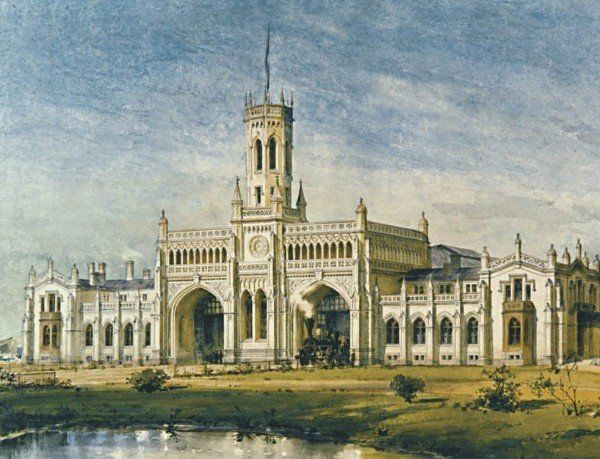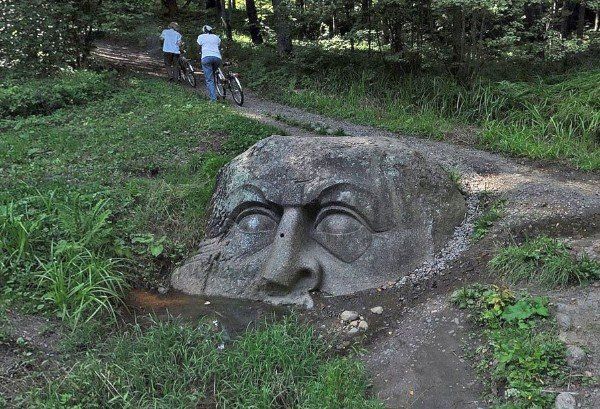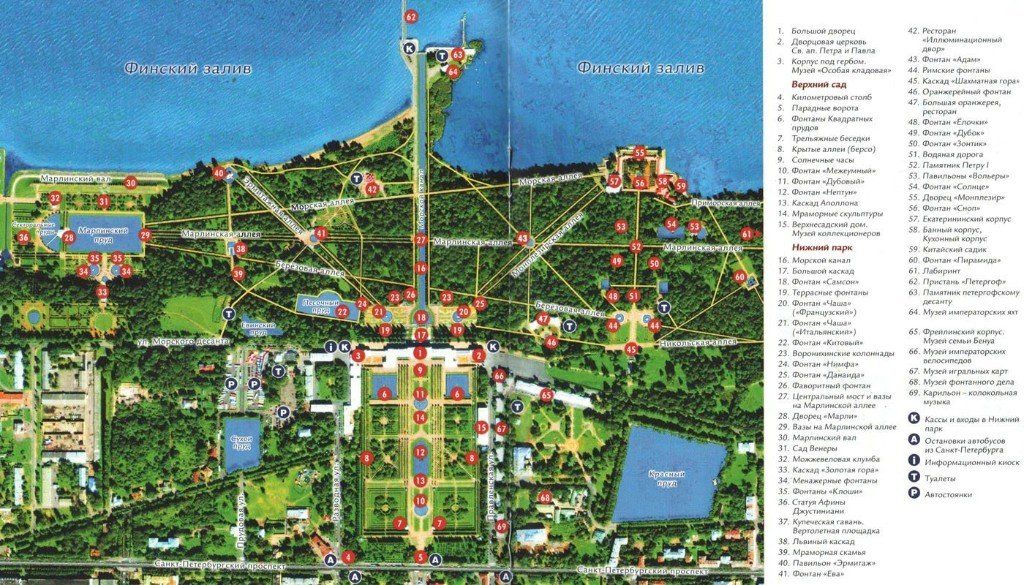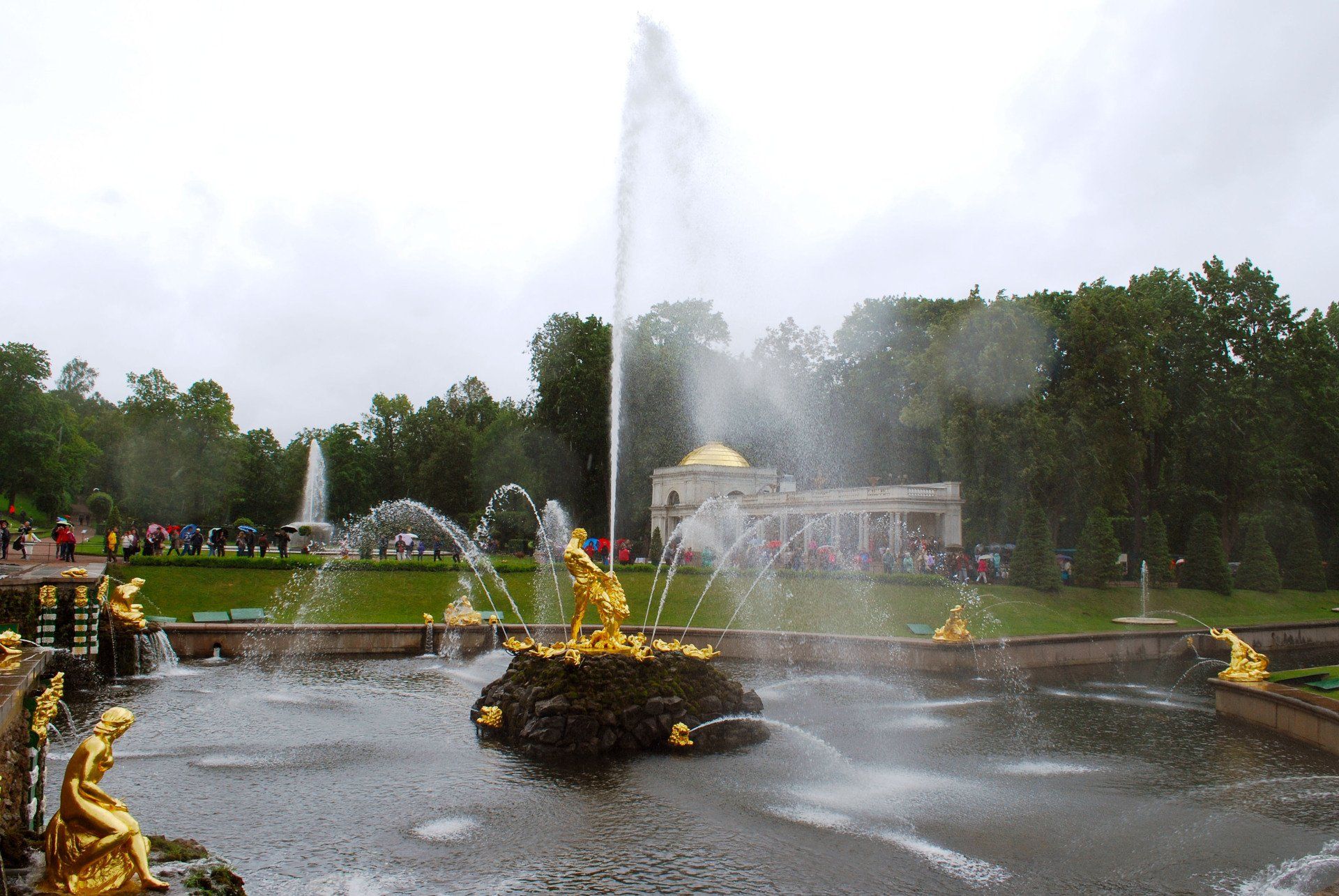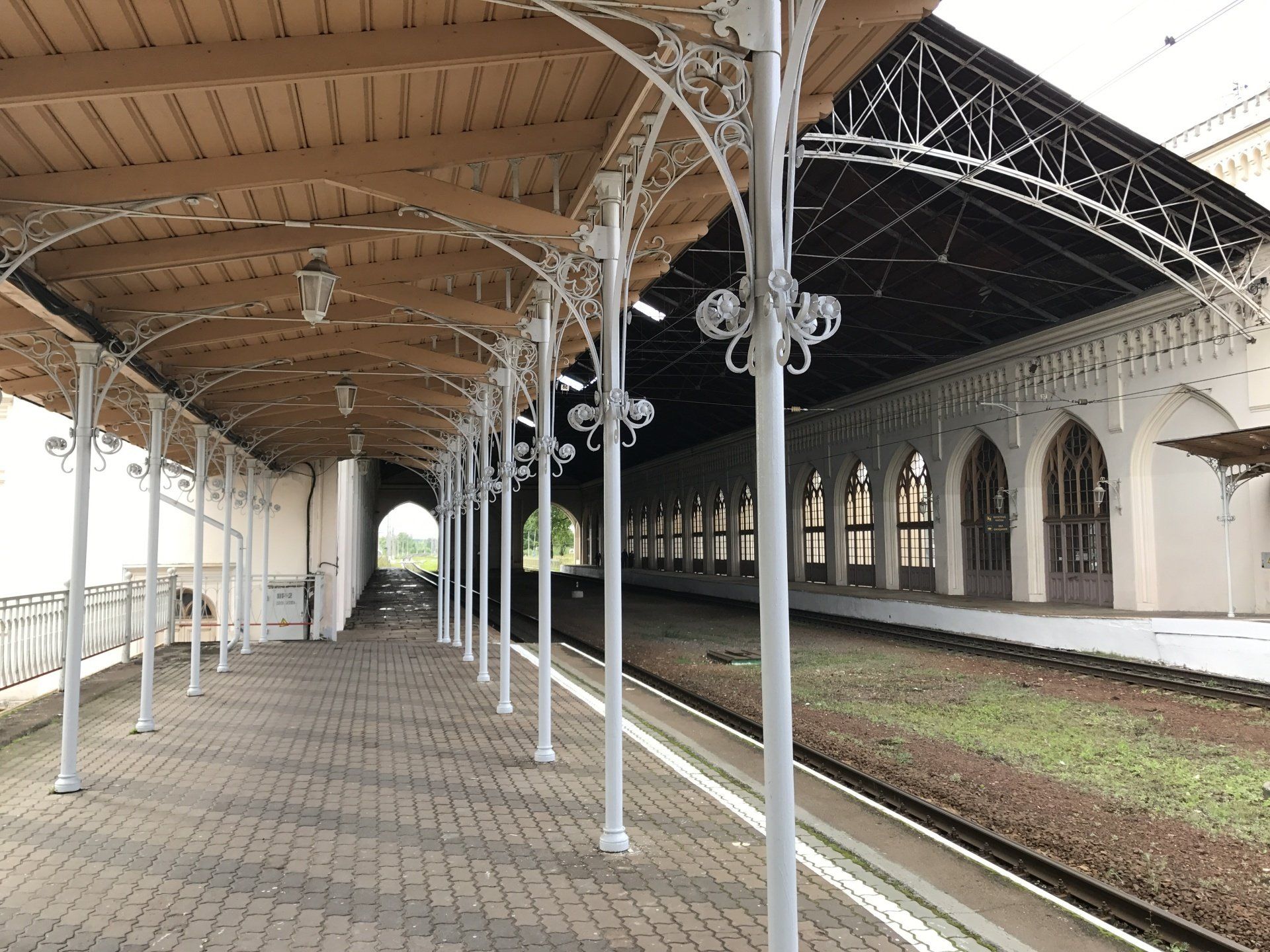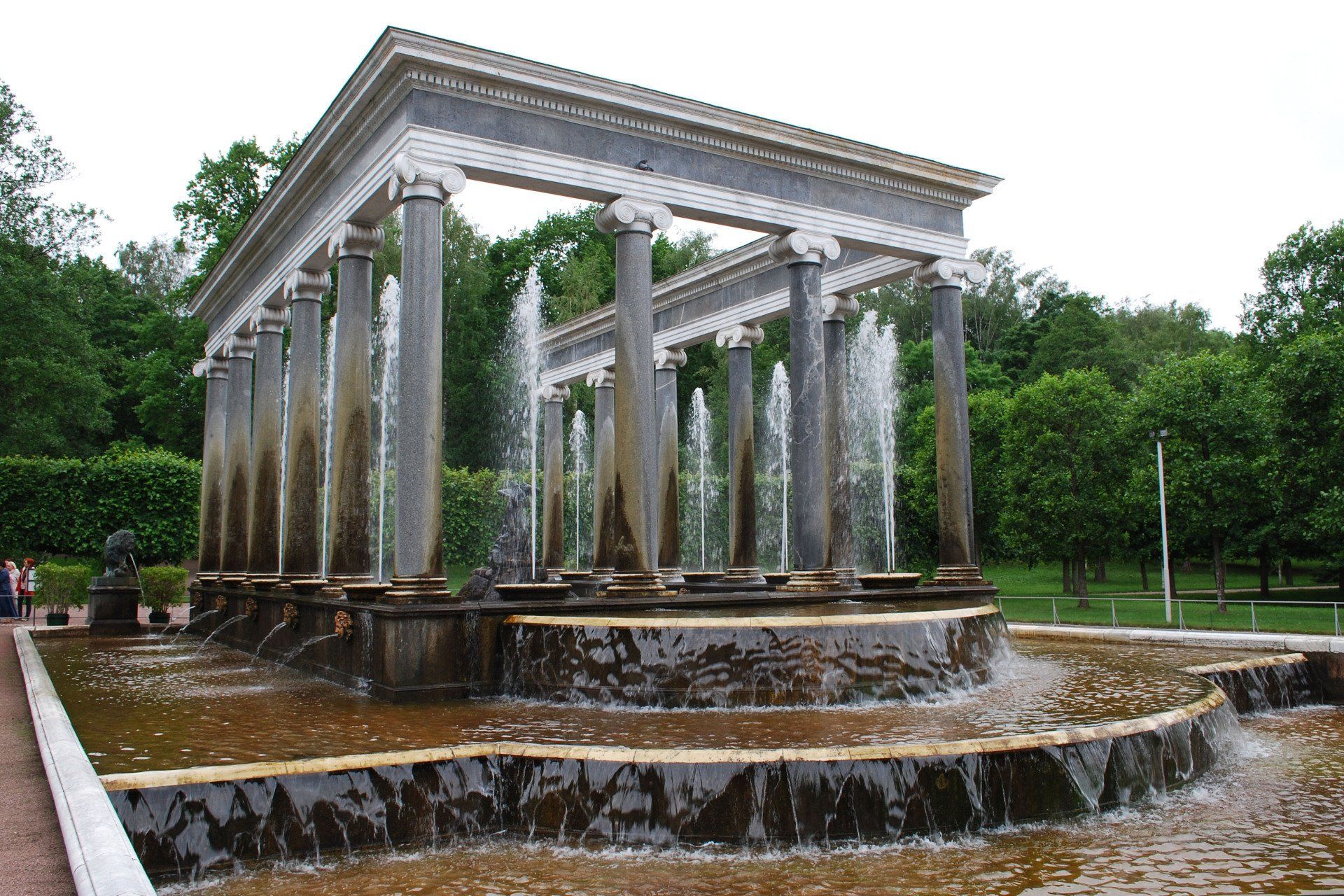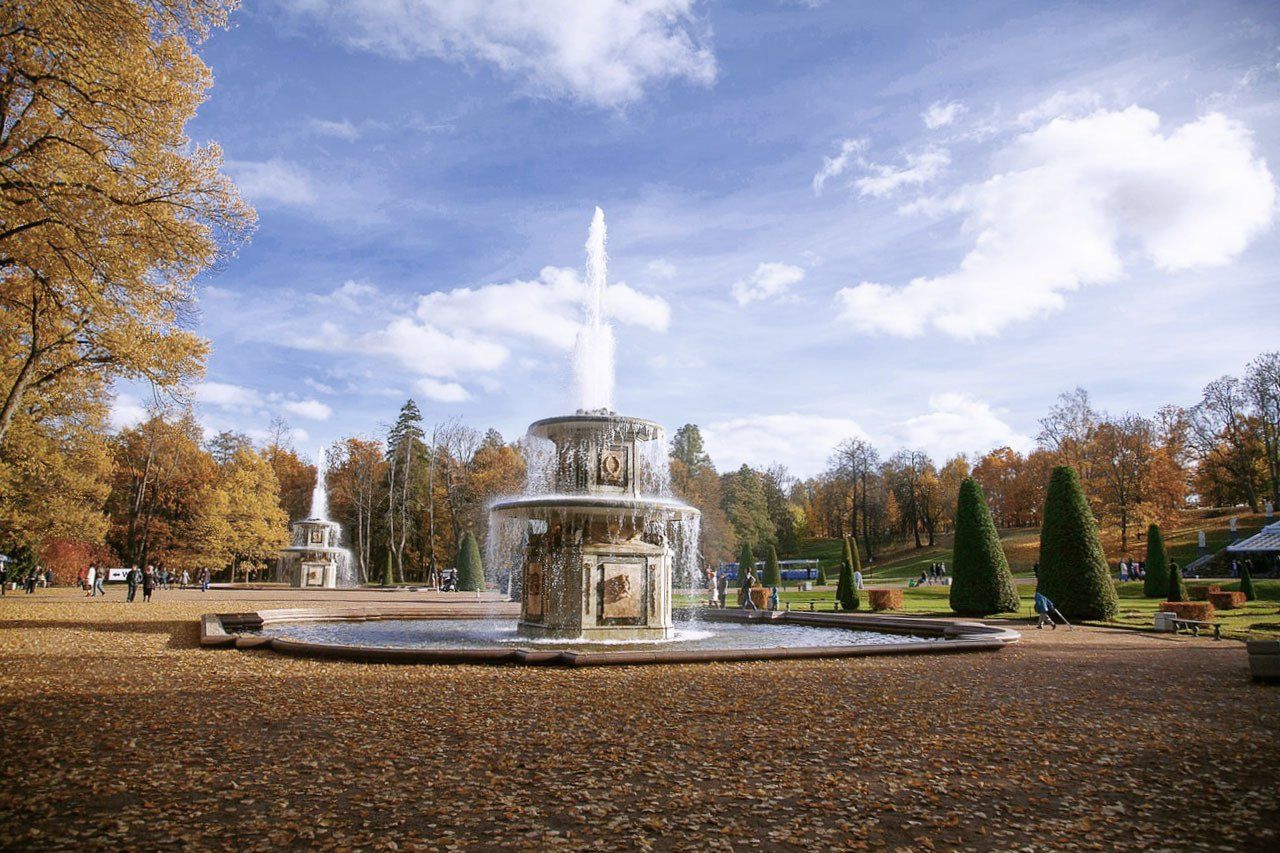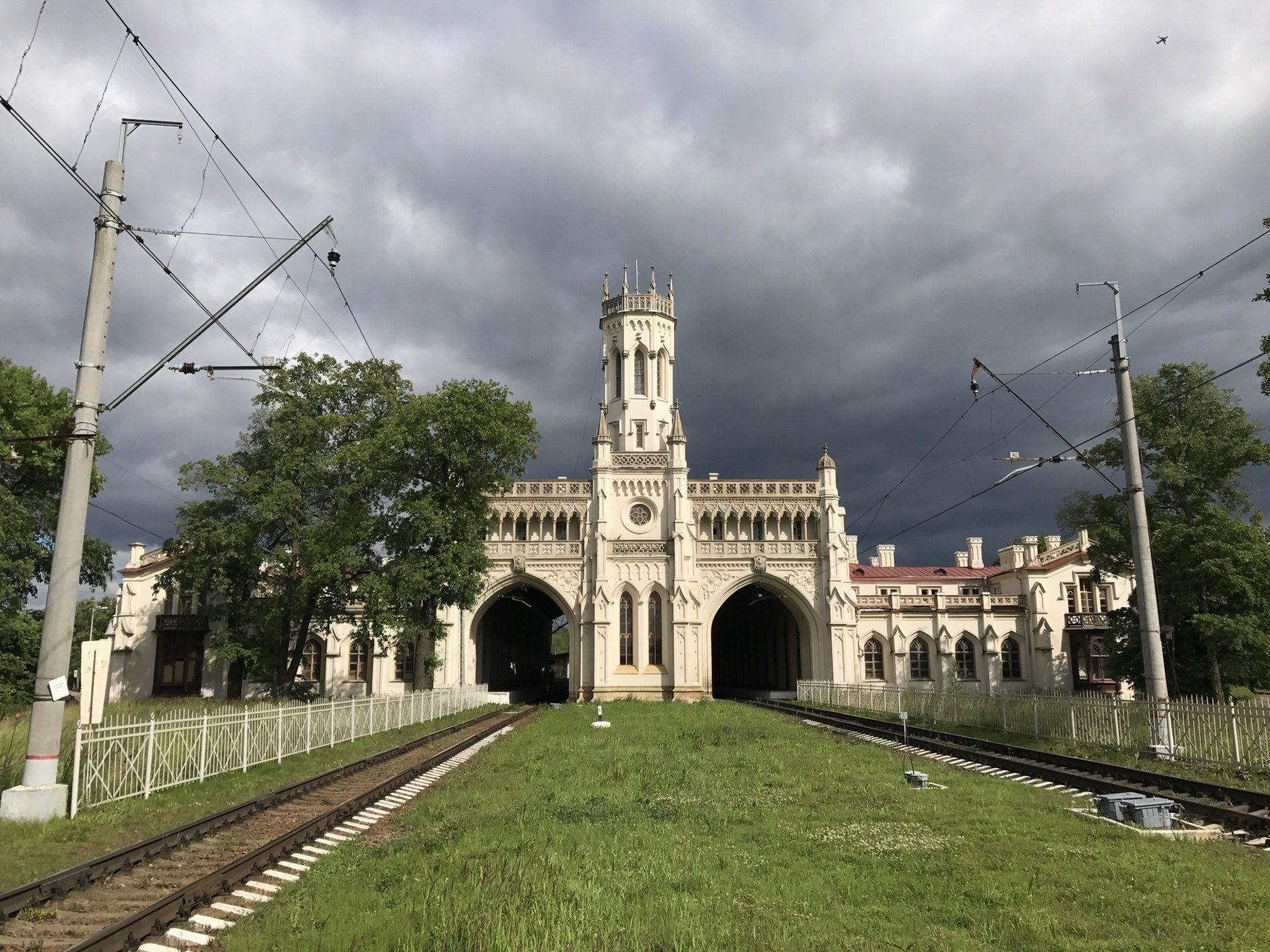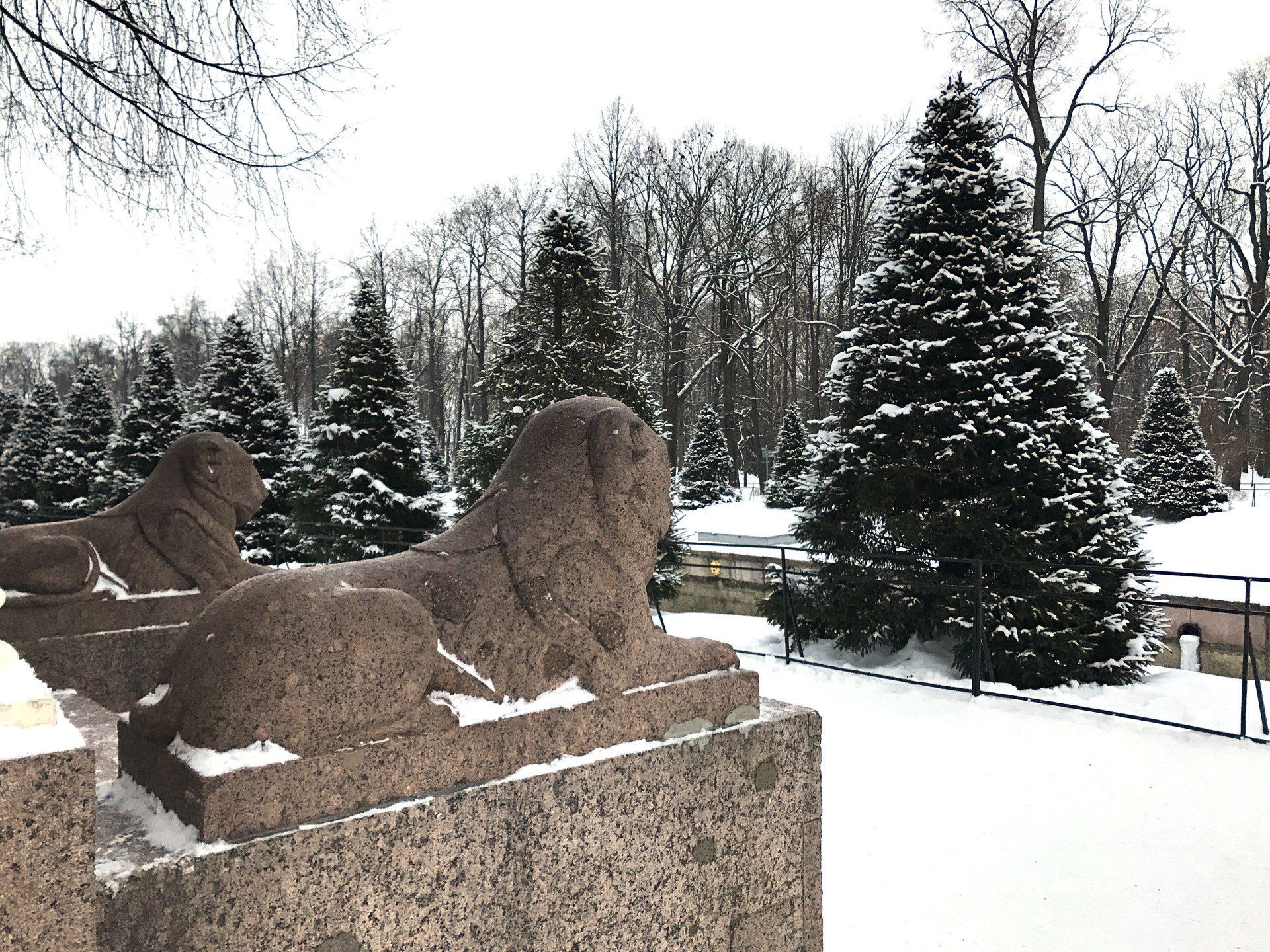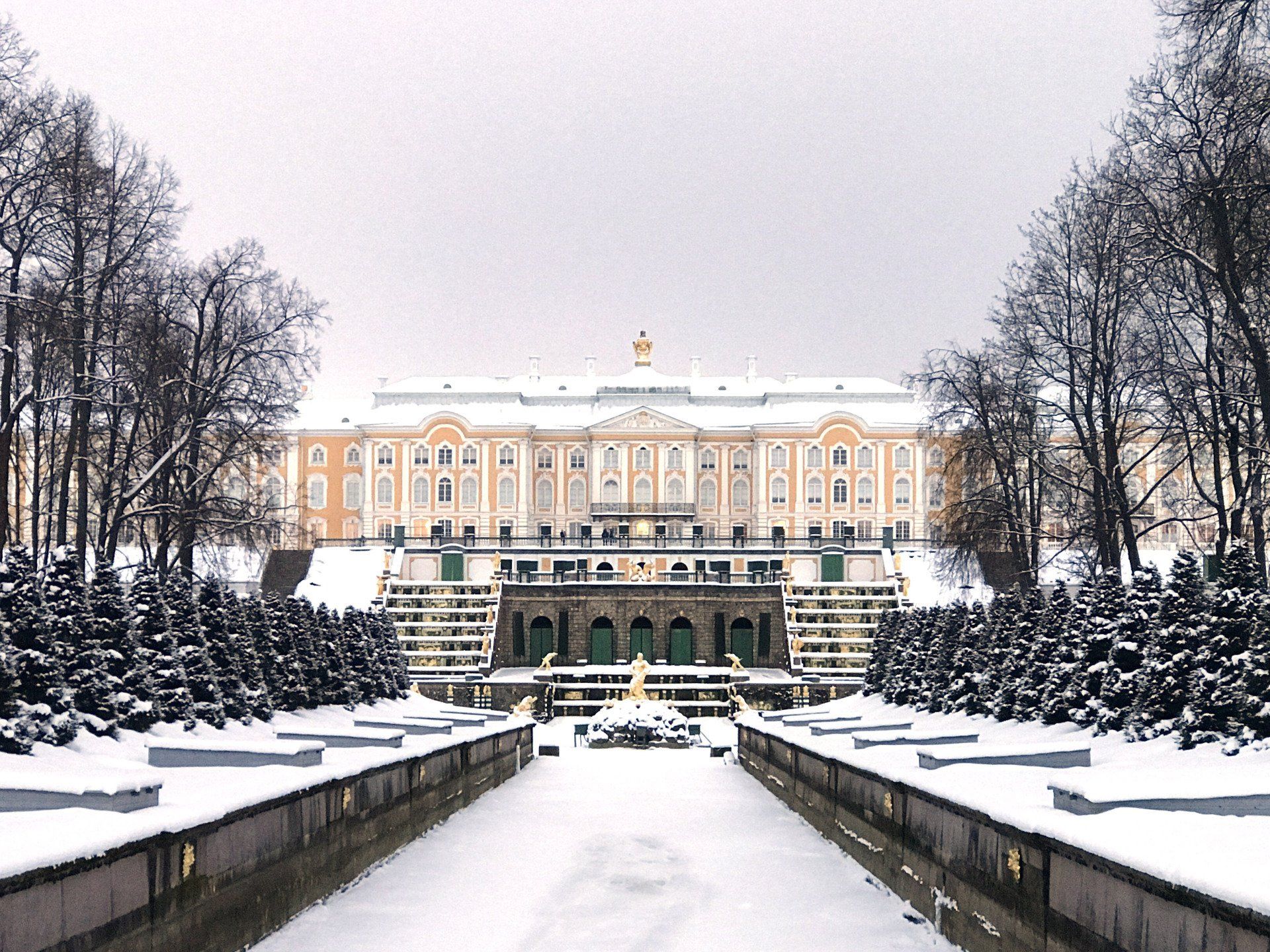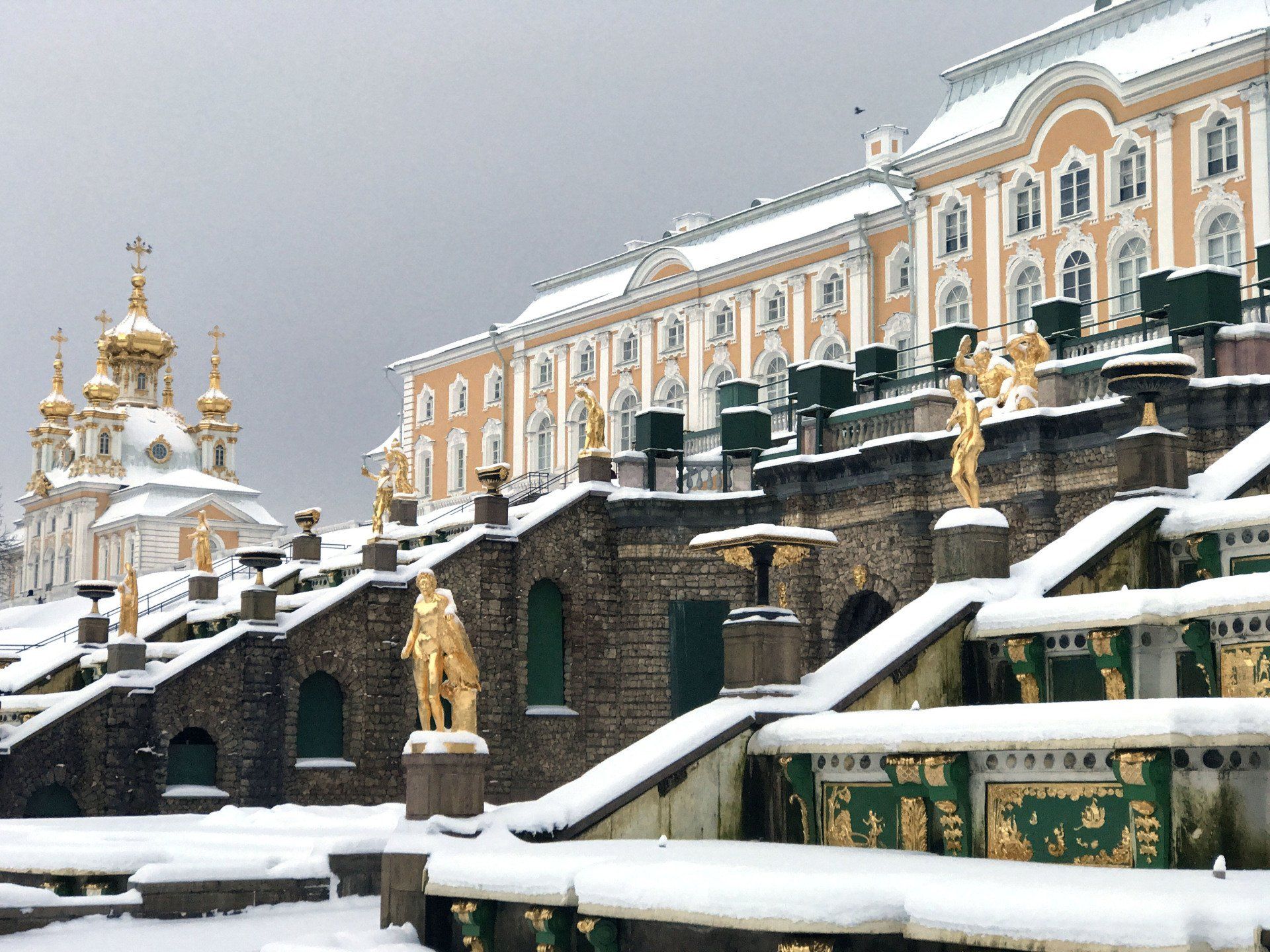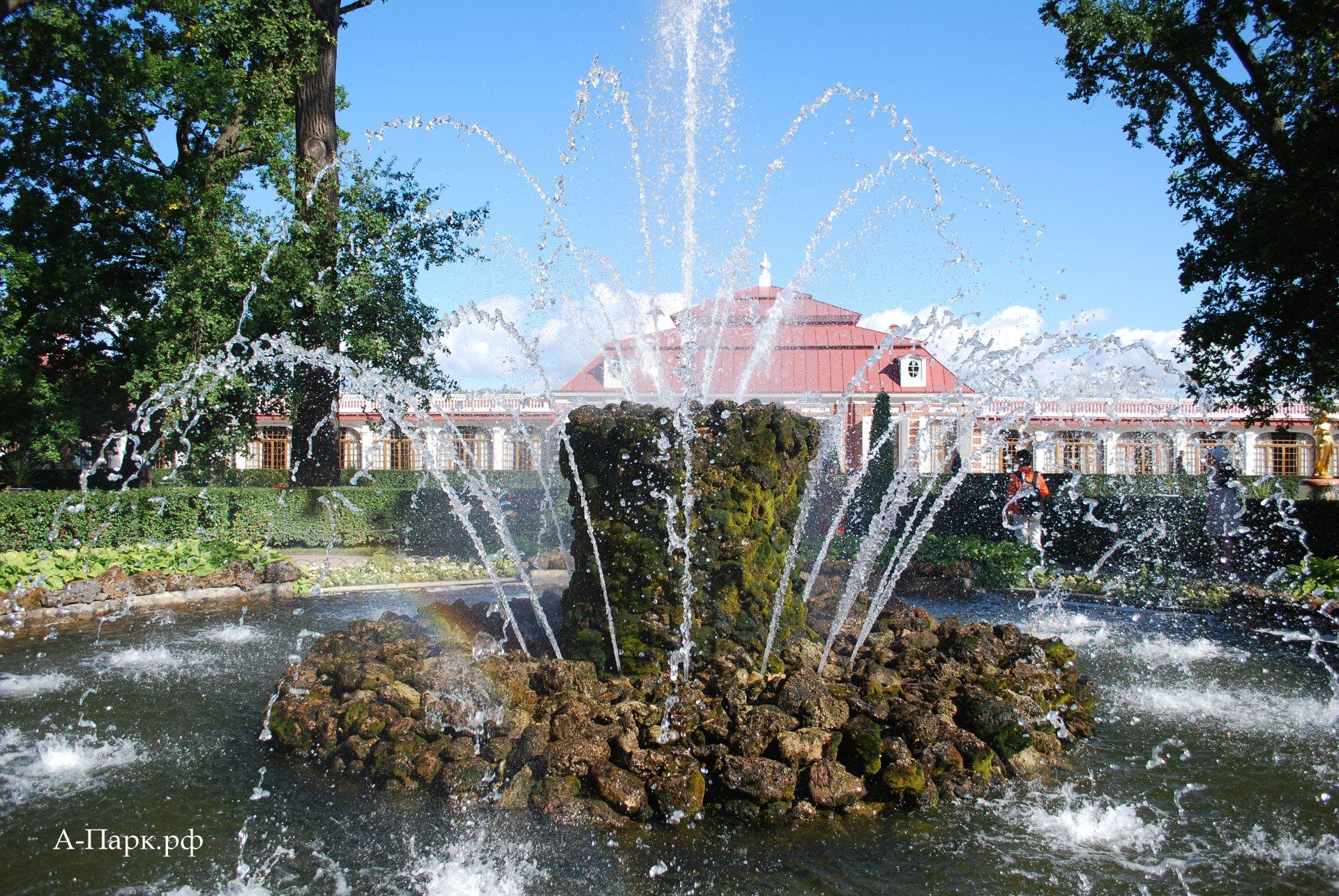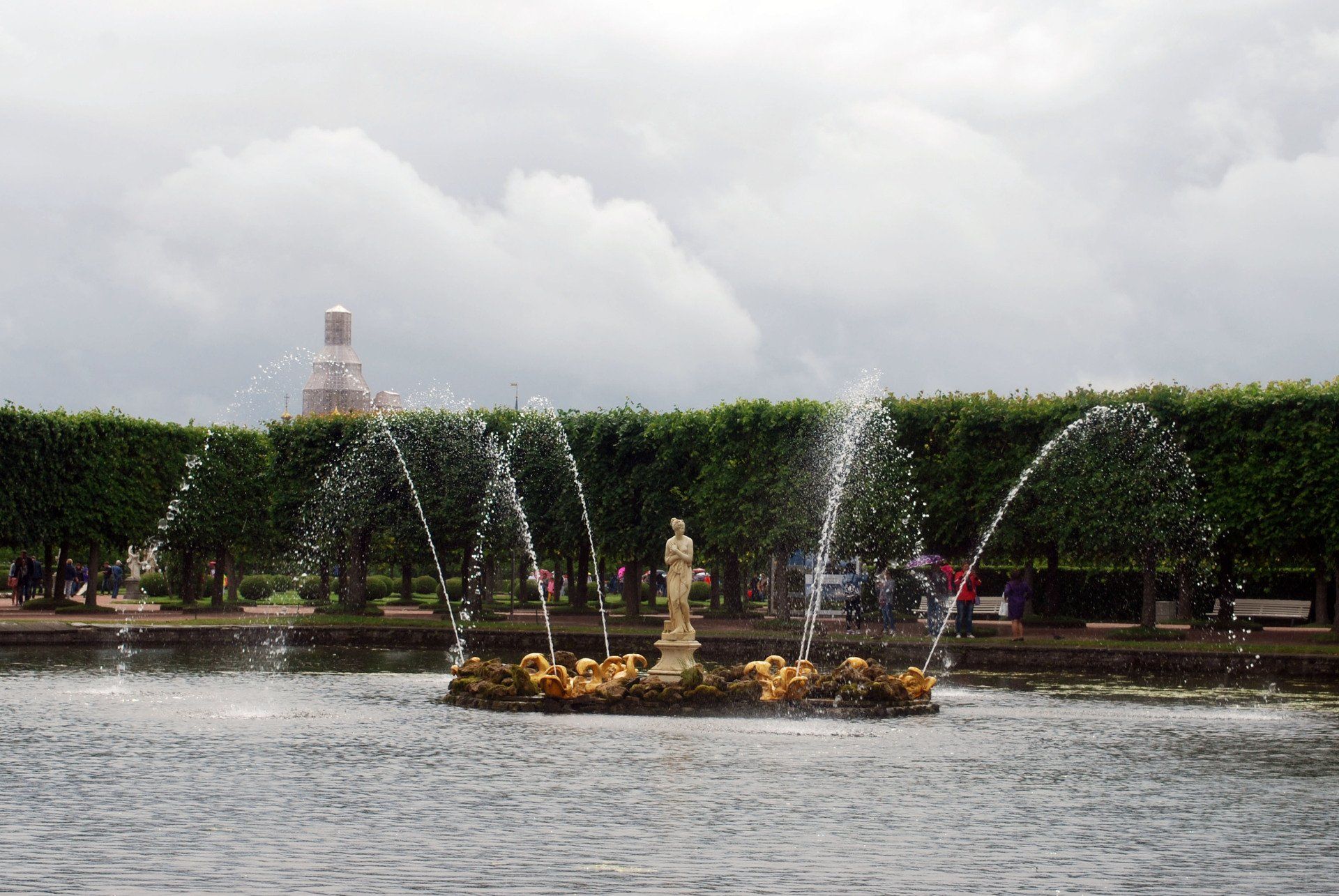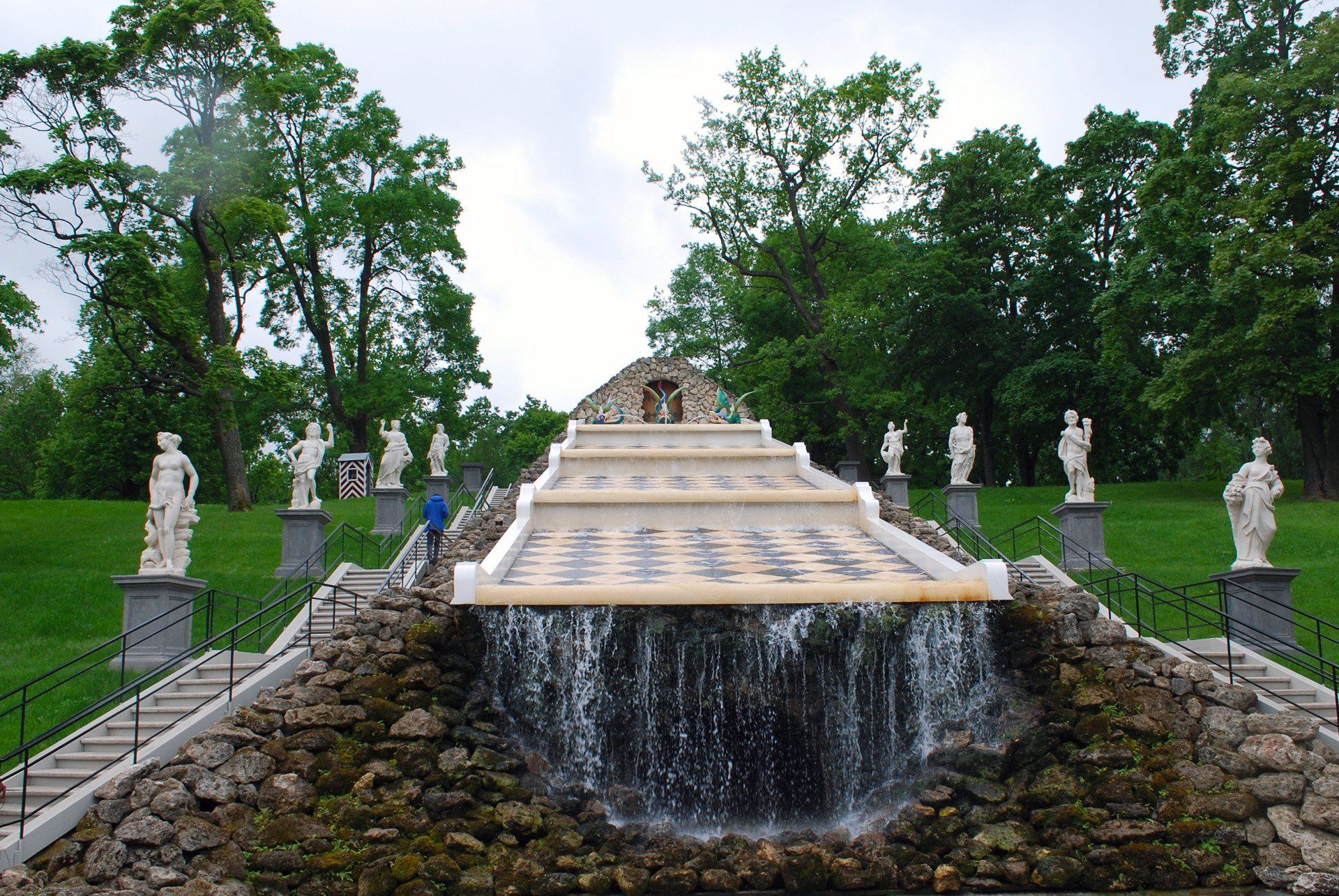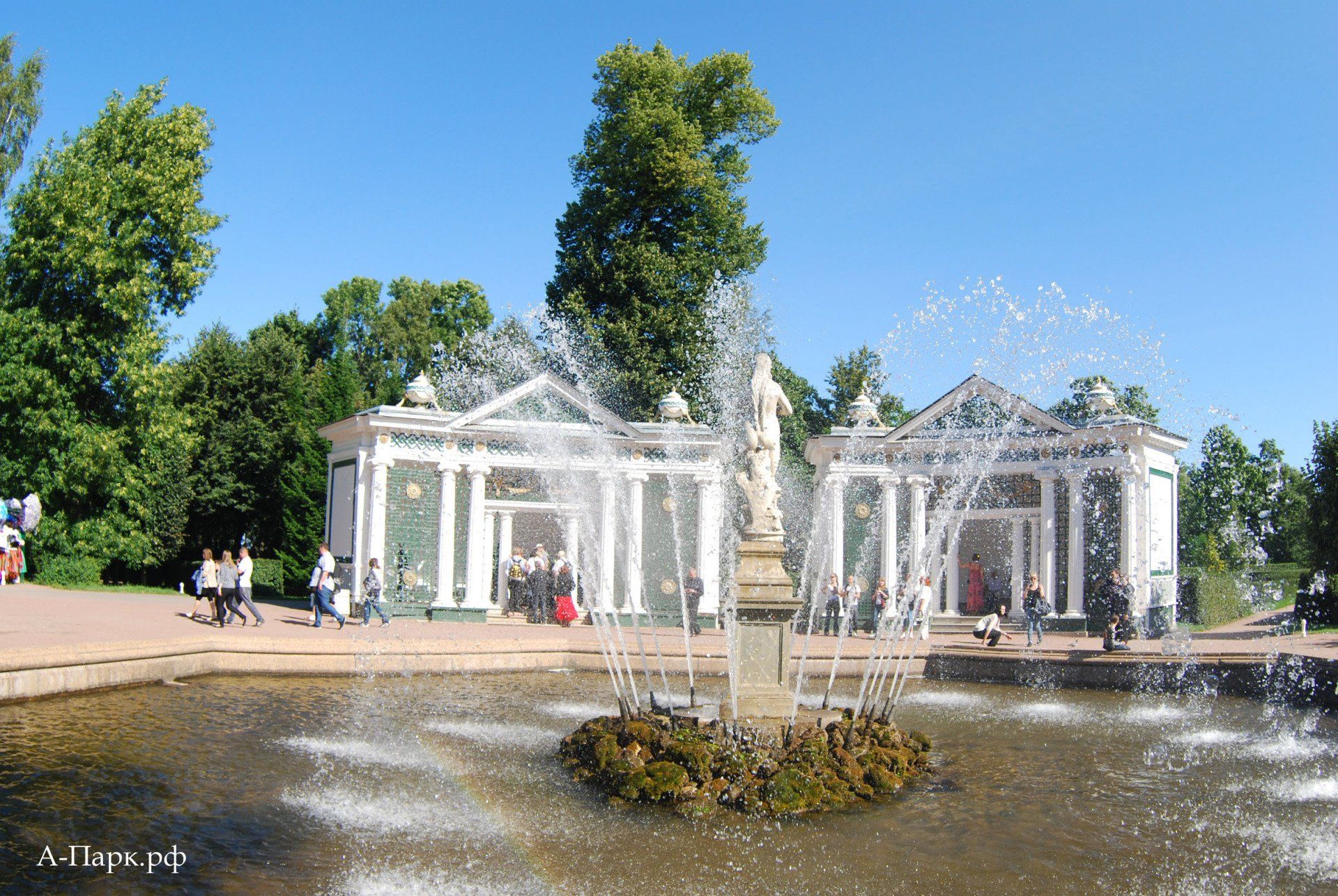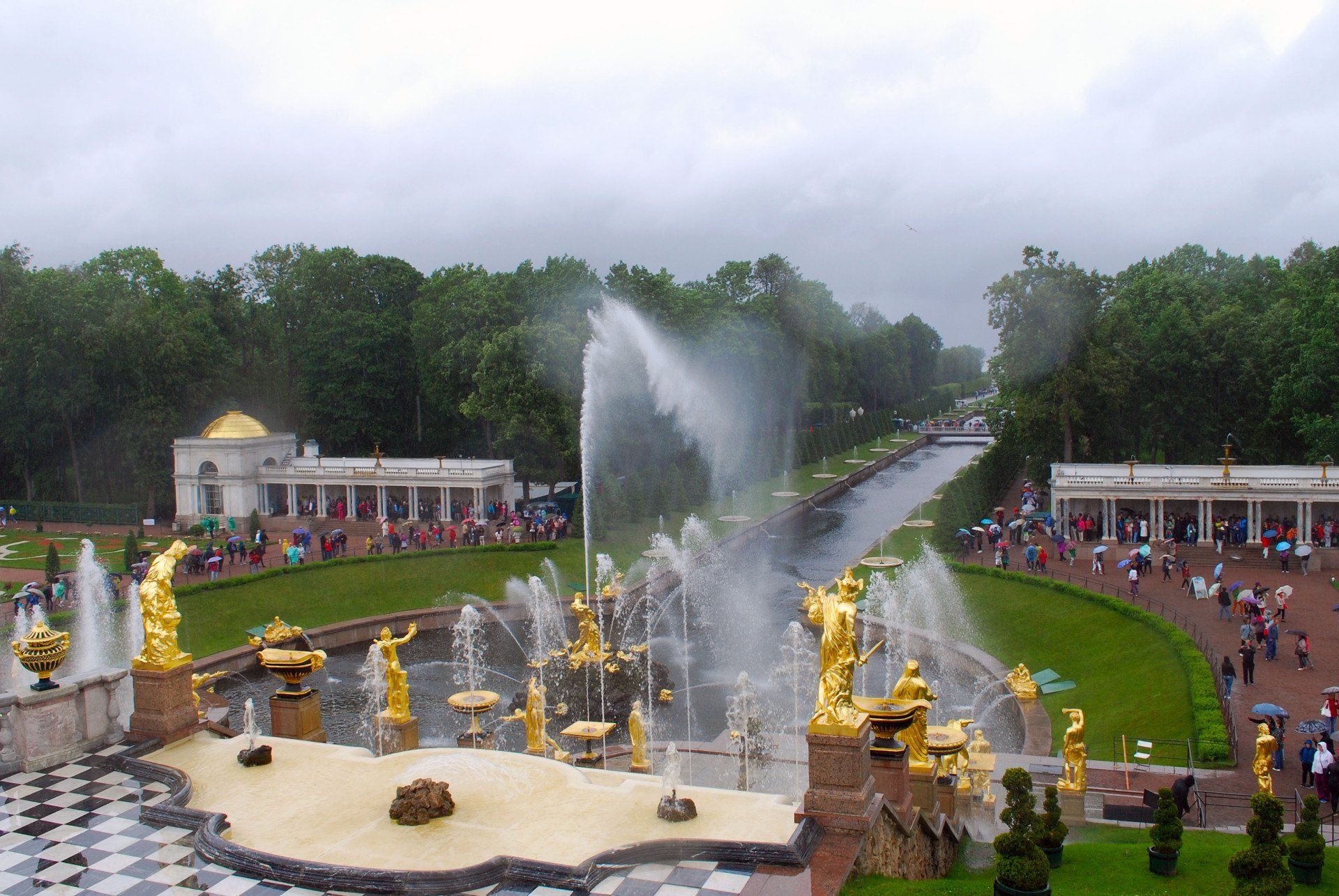The city of Peterhof (from 1944 to 1997 - Petrodvorets), founded as the maritime residence of Peter I, is famous throughout the world primarily for its magnificent fountains and ceremonial palace complex. But in addition, in Peterhof and its environs a large number of amazing ancient parks, palaces, estates and dachas have been preserved, stretching along the southern shore of the Gulf of Finland on both sides of the Petersburg Highway.
WHAT TO SEE IN PETERHOF IN ONE DAY
Today, these seaside places are not as well known to the general public as the ceremonial Peterhof residence, although they are no less interesting both in architectural and historical sense. You can spend more than one day exploring the surroundings of Peterhof and its parks, and of course it will be more convenient to use a bicycle.
Before traveling to Peterhof, we recommend watching an educational film from RTG, telling about the non-ceremonial sights of Peterhof and the immediate surroundings:
For those who want to get to know the sights of Peterhof better, below is a description of some wonderful places in this unique city that will be interesting to visit in addition to the famous fountains and the Grand Palace.
See also:
Alexandria Park is great for quiet, romantic walks and picnics. Bicycles allowed, skiing and sledding.
Entrance
to Alexandria Park in the summer season -
paid
, the rest of the time - free. Next to the park is
small free parking
.
Alexandria Park is part of the Peterhof State Historical Museum; admission is paid. In 2022
The cost of a full entrance ticket is 300 rubles, a discounted ticket is 150 rubles.
The main building in Alexandria Park is a small, cozy
Palace Cottage, built in the neo-Gothic style according to the design of A. Menelas in 1829.
The cottage was the favorite place to stay for the family of Nicholas I and outsiders were usually not allowed here. Unlike
Great Peterhof Palace
,
where diplomatic receptions and official events were held, the Cottage Palace served for the imperial family as a quiet country villa for private life.
In 2022, the cost of a full entrance ticket to the museum is 350 rubles, and a discounted ticket is 300 rubles.
Next to the Cottage there is a two-story Farmer's Palace, rebuilt from a modest one-story rural house with a cowshed in 1838-1859.
The palace was intended for the heir of Nicholas I - the future Emperor Alexander II. A magnificent garden was built around the palace; flower beds were laid out at the eastern facade, surrounded on three sides by a pergola.
In the Farmer's Palace, Alexander I not only relaxed with his family, but also decided on state affairs. It was here that the long-awaited
decree abolishing serfdom
.
Next to the Farmer's Palace, a whole children's complex was built for the play of the royal children: a children's rural house with a small farm and vegetable garden, a water mill, a fire tower (recreated) and a fortress with an earthen rampart.
In 2022, the cost of a full entrance ticket to the museum is 350 rubles, and a discounted ticket is 300 rubles.
One of the most amazing buildings in Alexandria Park -
Gothic chapel. Its snow-white silhouette seems to float above the crowns of centuries-old trees, and the towers with spiers and crosses are reminiscent of knightly castles.
The place for this unusual church, which was consecrated on July 3, 1832 in honor of Alexander Nevsky, was personally indicated by Nicholas I. The church served as a home church for the royal family and, despite its Gothic appearance, was purely Orthodox.
Currently, the restored Gothic Chapel simultaneously serves as both a museum and an Orthodox shrine, albeit with an entrance fee.
In 2022, the cost of a full entrance ticket to the museum is 250 rubles, and a discounted ticket is 200 rubles.
On the border of Alexandria Park next to the Petersburg Highway there is a former building
Palace Telegraph Station. Before its construction, an optical telegraph operated in Peterhof on the shores of the Gulf of Finland, connecting the imperial residence with Kronstadt and St. Petersburg. After the construction of a new building in 1858, the building housed a telegraph station, part of the Kronstadt electromagnetic telegraph line. The telegraph was intended both for the needs of the imperial court and for public use. The building had two entrances - court lackeys with royal telegrams entered from the park, and townspeople entered from the street.
Currently, in the premises of the Telegraph Station there is an exhibition dedicated to the history of the optical telegraph.
On the opposite side of the St. Petersburg Highway from the Upper Garden there is
Colonial Park , defeated in 1837-1838. by order of Nicholas I. Previously, there was a swamp in this place, and houses for German colonists were built nearby, which determined the name of the park.
In place of the swamp, a large deep pond was dug, called Olgina pondoh, and two islands were made from the excavated earth. The pond, fenced by a powerful dam, was filled with water from the Ropshinsky springs and fed the eastern group of fountains in the Lower Park of Peterhof. Amazing houses were built on artificial islands for the wife and daughter of Nicholas I - Holguin and Tsaritsin pavilions.
The pavilions on the islands of the Kolonistsky Park belong to the Peterhof State Museum, their
visit is paid.
Tsaritsyn Pavilion
was built in 1844 in the “Pompeian spirit” fashionable at that time. According to the plan of the architect A.I. Stackenschneider, it was supposed to resemble the appearance of ancient Roman houses discovered during the excavations of Pompeii. This was especially reflected in the interior decoration, in which authentic antique fragments from Italy were used.
Around the pavilion there was a garden with fountains, sculptures, ruins and benches, creating the image of a land of dreams and dreams. The constant attributes of the garden on the island were plants displayed in pots and vases. Heat-loving ivy was heated in winter by stoves installed below the soil level, and glass shields were assembled above the pergola. On Tsarina Island
there is also its own overseas curiosity - an oak tree that grew from an acorn from Washington’s grave. The acorn was presented to the emperor on behalf of the American people, as indicated by the memorial plaque, and personally planted on the island by Nicholas I in 1842.
Before the revolution, the pavilion was used by the royal family only in the summer, as it was not heated. You could get to the island by a special ferry (now across a bridge); people loved to have tea parties here and just relax while walking around the park.
In 2022, the cost of a full entrance ticket to the museum is 600 rubles, and a discounted ticket is 450 rubles.
To Holguin Island
You can get there by crossing a narrow wooden bridge from Tsaritsyn Island.
The pavilion, which is located on Olga Island, was built in 1846-1848. as a gift to the daughter of Nicholas I - Grand Duchess Olga Nikolaevna. The building, designed by the architect Stackenschneider in the style of an Italian villa, was supposed to remind the princess of Italian Palermo, where she met her future husband.
The slender building stands on the very shore of the island, on a plinth protruding from the water. A terrace area with a canopy for climbing plants was built on the flat roof, offering a beautiful view of the parks and the island. Here, under Nicholas I, a telescope was installed, through which he observed the teachings of the educational institutions located in Peterhof.
In the second half of the 19th Century, magnificent ballet performances were held on Olga Island in honor of the birth of Russian empresses. Boats for guests and artists were delivered to the island, and illumination was arranged on the shore. To the accompaniment of an orchestra located on a hill opposite Tsaritsina Island, Italian artists performed opera arias. An afternoon tea was held on Tsaritsyn Island, where guests were treated to canapés and ice cream.
In 1897, a wooden open theater was built on Olgin Island, which existed until 1905. The stage, decorated with ancient ruins, was built right on the pond on stilts and was separated from the island by a strip of water. The auditorium was located on the shore of the island, and the orchestra pit was dug at the very edge of the water. The ballerinas M. Kseshinskaya and T. Karsavina shone here, and in 1897 a magnificent performance took place in honor of the visit of the German Emperor Wilhelm II.
Now the islands are gradually regaining their once-lost status as exquisite open-air concert halls, where, surrounded by fountains and flower beds, you can listen to timeless classics.
In 2022, the cost of a full entrance ticket to the museum is 600 rubles, and a discounted ticket is 450 rubles.
You can see more photos of Peterhof sights Here.



